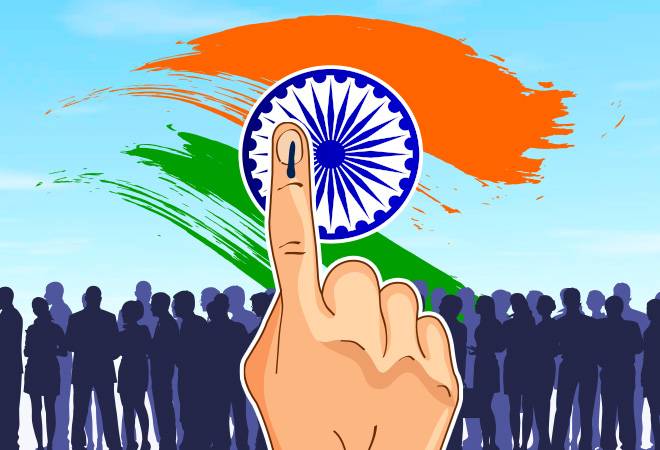Unlocking ‘One Nation, One Election’: Feasibility, Federalism, and Fiscal Realities in India

The Central government established a committee, led by former President Ram Nath Kovind, on September 1, to investigate the feasibility of the ‘one nation, one election’ (ONOE) plan. This initiative aims to synchronize Lok Sabha and State Assembly elections across all States, reducing the frequency of polls in India.
Historically, simultaneous elections were conducted until 1967 but became disrupted due to various factors. Currently, only a few States like Arunachal Pradesh etc hold assembly polls together with Lok Sabha elections.
In August 2018, the Law Commission of India (LCI) examined ONOE’s constitutional and legal aspects. And concluded that simultaneous elections would require significant constitutional amendments and ratification by at least 50% of the States. It highlighted potential benefits such as cost savings, reduced strain on administration and better policy implementation.
Concerns about ONOE include its feasibility within the existing constitutional framework and its impact on federalism. Article 83(2) and 172 of the Constitution stipulate five-year terms for Lok Sabha and State Assemblies, with exceptions like Article 356. Changing this would require careful consideration of various scenarios , set a concerning precedent for constitutional amendments. Critics argue that ONOE undermines the principle of federalism.
Moreover, recurrent elections allow voters to address distinct national and state-level issues, ensuring greater accountability. The argument that frequent elections incur massive expenses has been challenged, with some questioning whether the Election Commission’s expenditure truly burdens India’s status as the world’s largest electoral democracy.
